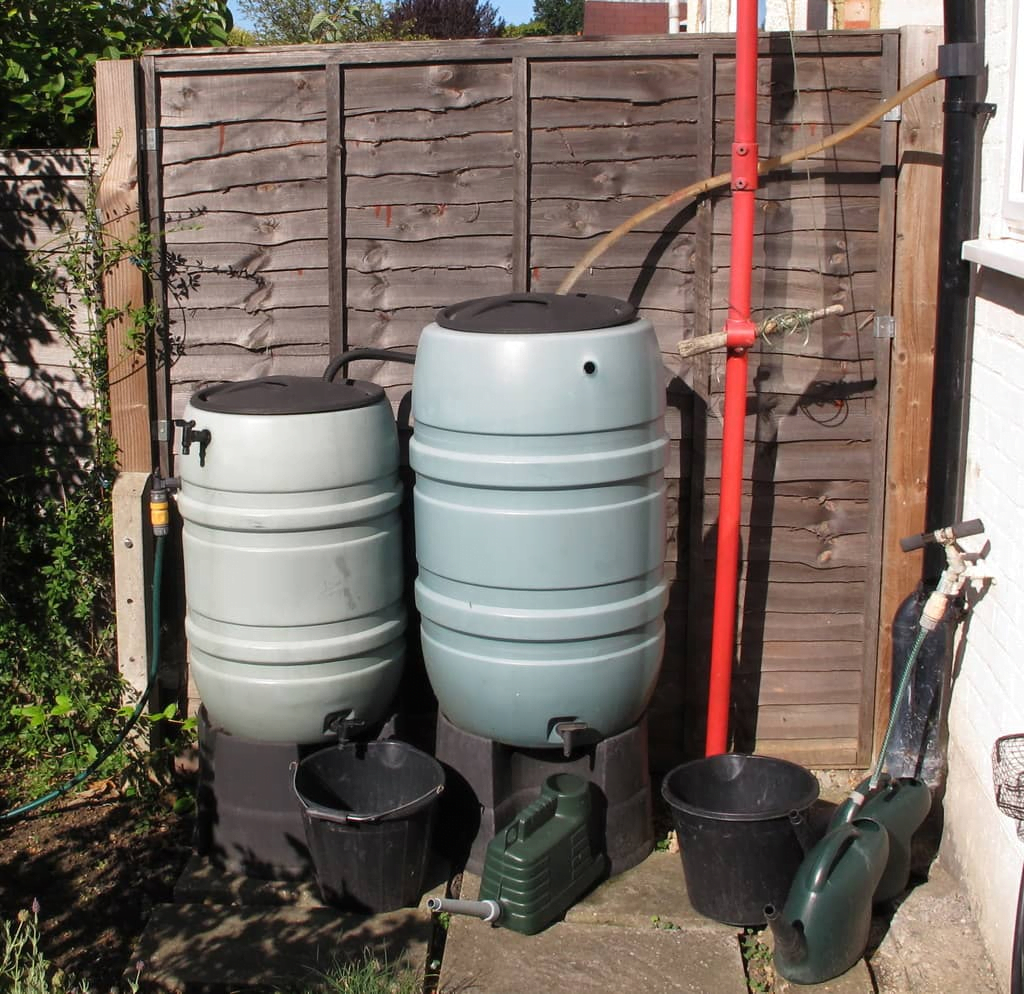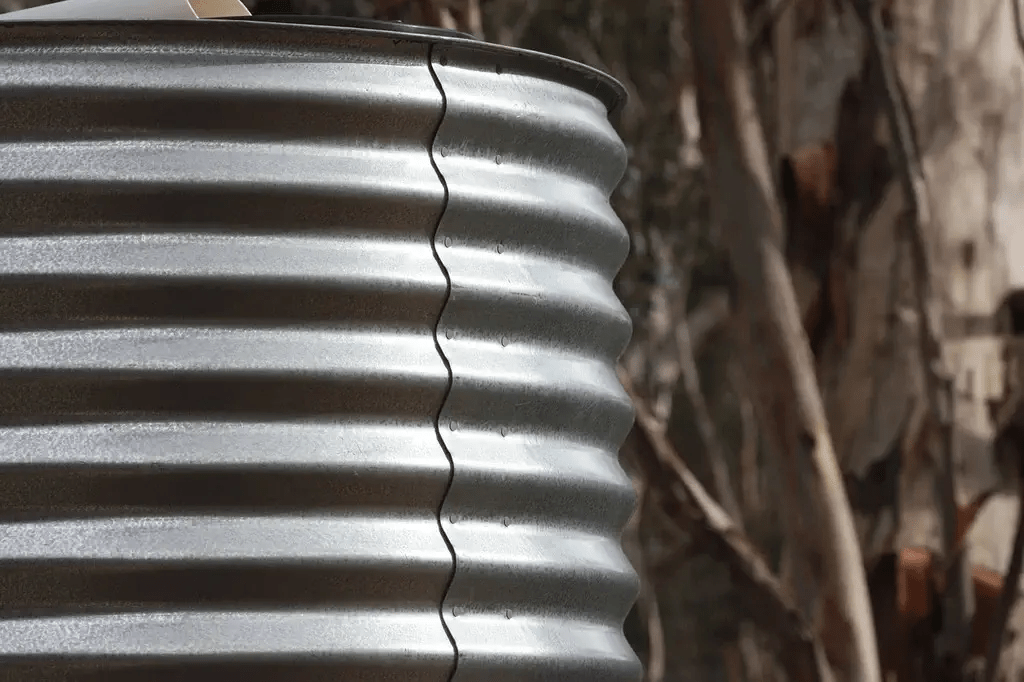Rainwater collection tanks. Do you need one?

Rainwater harvesting has become an increasingly popular method for managing water resources sustainably. Historically, rainwater catchment has been a significant practice, playing a crucial role in sustainable water management. By using rainwater collection tanks, individuals and communities can capture and store rainwater for various uses, reducing dependence on municipal water supplies and conserving this precious resource. This blog post will explore the different aspects of rainwater harvesting systems, their effectiveness, and the benefits and challenges associated with using collected rainwater.
What is Rainwater Harvesting?
Rainwater harvesting is the process of collecting and storing rainwater for future use. It involves various methods to harvest rainwater, ensuring it can be used effectively. This method has been practiced for centuries, particularly in areas with limited access to fresh water. Modern rainwater harvesting systems are designed to capture and store rainwater efficiently, using advanced technology and materials.
Methods of Rainwater Harvesting
There are several methods of harvesting rainwater, including:
Rooftop Rainwater Harvesting: Collecting rainwater from rooftops and directing it to storage tanks.
Groundwater Recharge: Channeling rainwater into the ground to replenish aquifers.
Surface Runoff Harvesting: Capturing rainwater from open areas and directing it to reservoirs or ponds.
Rain Barrels: Using rain barrels to collect and store rainwater for supplemental water supply.
Components of a Rainwater Harvesting System
A rainwater collection system comprises several key components, each playing a crucial role in the process of collecting and storing rainwater:
Collection Surface
The collection surface, typically a roof, is where rainwater is captured. The size and material of the roof can significantly impact the amount of water collected.
First Flush Diverter
The first flush diverter is essential for improving water quality by diverting the initial flow of rainwater, which often contains debris and contaminants, away from the storage tank.
Storage Tank
The rainwater storage tank is where collected rainwater is stored. These tanks come in various sizes and materials, depending on the storage capacity needed and the intended use of the water.
Control System
The control system manages the flow of water within the rainwater harvesting system, ensuring that excess water is directed to appropriate areas, such as overflow pipes or secondary storage units.
Types of Rainwater Harvesting Systems
Different types of rainwater harvesting systems are suited to various environments and purposes. Some common types include:
Rooftop Rainwater Harvesting
Rooftop rainwater harvesting is one of the most efficient methods, involving the collection of rainwater from rooftops and directing it to storage tanks or recharge pits.
Groundwater Recharge Systems
These systems are designed to enhance the natural replenishment of groundwater by directing rainwater to underground aquifers.
Urban and Rural Applications
Rainwater harvesting systems can be adapted for both urban and rural settings, addressing specific water needs and constraints in each environment.
How Does a Rainwater Harvesting System Work?
A rainwater collection system works by capturing rainwater from a collection surface, such as a roof, and channeling it through a series of pipes and filters into a storage tank. The system includes several stages:
Collection: Rainwater is collected from the roof surface.
Filtration: The initial flush diverter and filters remove large debris and contaminants.
Storage: Filtered rainwater is stored in a storage tank.
Distribution: The stored rainwater is distributed for use
Benefits of Rainwater Harvesting
Rainwater harvesting offers numerous benefits, both environmentally and economically:
Environmental Benefits
Reduced Stormwater Runoff: By capturing rainwater, stormwater runoff is minimized, reducing the risk of flooding and erosion.
Conservation of Potable Water: Rainwater can be used for non-potable purposes, conserving treated drinking water.
Economic Benefits
Savings on Water Bills: Using harvested rainwater for domestic and industrial purposes can significantly reduce water bills.
Reduced Dependency on Municipal Water: Rainwater harvesting reduces reliance on municipal water supplies, making communities more self-sufficient.
The Federal Energy Management Program identifies rainwater harvesting systems as an alternative water technology and provides guidelines for calculating the total amount of water collected.
Effectiveness of Rainwater Harvesting
The effectiveness of rainwater harvesting varies based on several factors, including the climate, monthly rainfall, and the size of the collection surface. In regions with high rainfall, rainwater harvesting can be highly effective, providing a substantial portion of the water supply.
Is Harvested Rainwater Drinkable?
Harvested rainwater can be made drinkable with proper treatment. While rainwater itself is clean, it can pick up contaminants from the collection surface and storage tank. To ensure water quality, it is essential to use filtration and disinfection methods, such as ultraviolet (UV) treatment or chlorine.
Applications of Collected Rainwater
Collected rainwater has a wide range of applications, including:
Domestic Use
Washing Clothes: Rainwater can be used in washing machines, reducing the use of tap water.
Toilet Flushing: Rainwater is ideal for flushing toilets, conserving potable water.
Irrigation: Harvested rainwater is perfect for watering gardens and lawns.
Industrial Processes
Industries can use rainwater for processes that do not require high-quality water, reducing the demand for municipal water.
Watering Livestock
Farmers can use collected rainwater to provide water for livestock, ensuring a reliable supply during dry seasons.
Challenges and Disadvantages of Rainwater Harvesting
While rainwater harvesting has many advantages, it also presents some challenges and disadvantages:
Regular Maintenance: Rainwater harvesting systems require regular maintenance to ensure they function correctly and provide clean water.
Initial Costs: The installation of rainwater harvesting systems can be costly, though these costs are often offset by long-term savings.
Water Quality Concerns: Without proper treatment, harvested rainwater may not meet quality standards for drinking water.
Best Practices for Rainwater Harvesting
To maximize the efficiency of a rainwater harvesting system, consider the following best practices:
Regular Maintenance: Regularly inspect and clean all components of the system.
Water Quality Management: Use appropriate filtration and disinfection methods to ensure the quality of stored rainwater.
System Design: Design the system based on the local climate and water needs, ensuring sufficient storage capacity and efficient water use.
Conclusion
Rainwater harvesting is a sustainable and efficient way to manage water resources. By using rainwater collection tanks and implementing effective rainwater harvesting systems, individuals and communities can conserve water, reduce their dependency on municipal supplies, and contribute to environmental sustainability. Embracing rainwater harvesting is a step toward a more self-sufficient and eco-friendly future.





